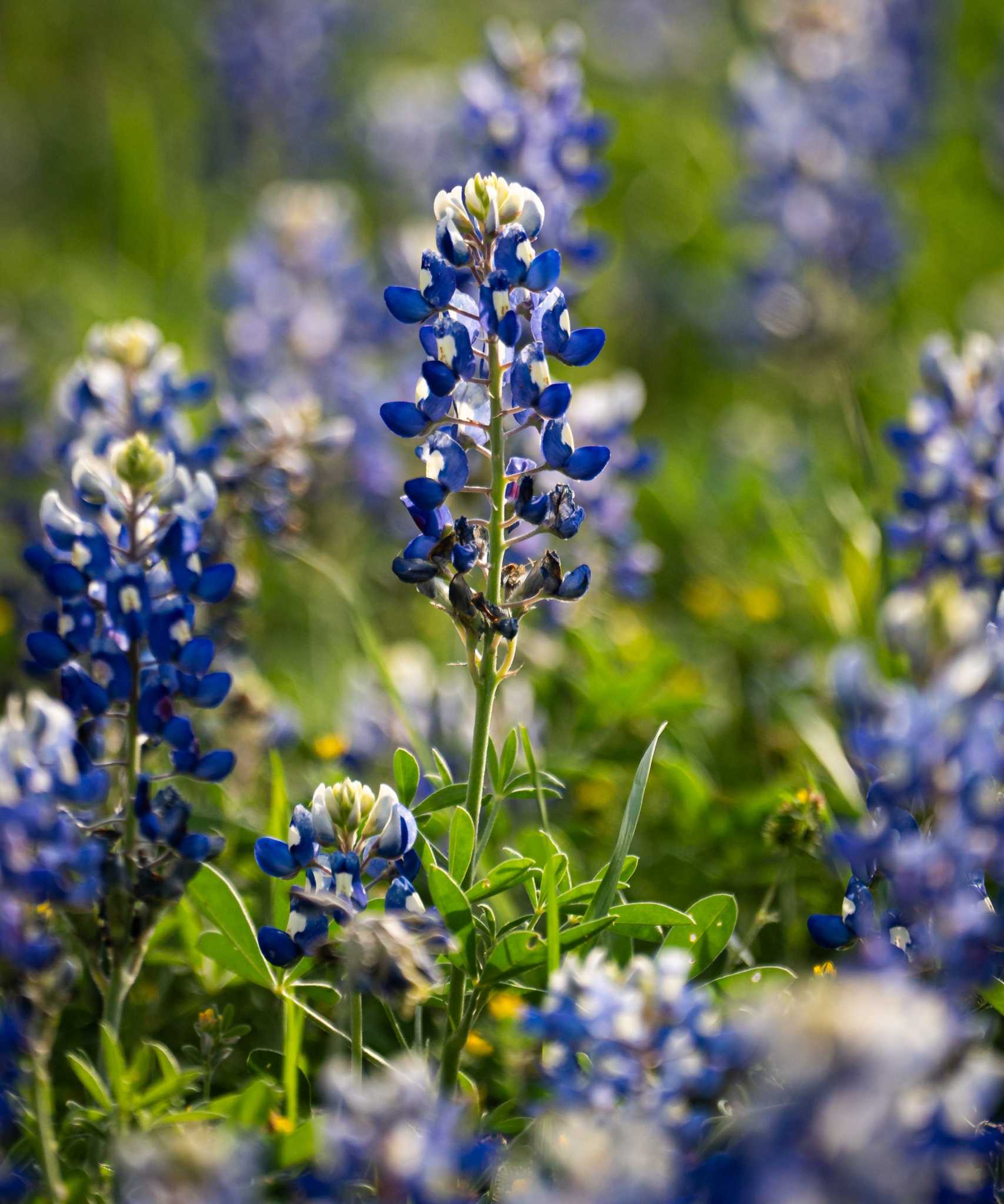news
How and when to plant bluebonnets, according to TxDOT
Experts say fall is the key season for planting the famous Texas flowers - and it's not as difficult as you may think.
Published October 9, 2025 at 10:00am by Julianna Duennes Russ

Wildflowers bloom in Buda, Saturday, March 23, 2024.
Every spring, the Texas roadsides burst into a sea of blue. But the state’s signature flower doesn’t bloom by chance. It takes timing, know-how and a little luck.
According to the Texas Department of Transportation, the best time to plant bluebonnet seeds is between Sept. 1 and Dec. 15. The roots establish themselves in the cooler months and become sturdy, which helps to support lots of flowers sprouting in early spring.
“Bluebonnets grow best in soils that are alkaline, moderate in fertility, and, most important of all, well drained,” TxDOT advises on its official bluebonnet and wildflower website. “Full sun is also required for best growth.”
For best results, plant the seeds no later than mid-November.
Start with the right spot
When it comes to soil, Bluebonnets aren’t picky; they thrive in Texas' thin, rocky terrain. What matters most is that the soil drains well and gets plenty of sunlight.
The soil will also need the presence of “essential bacterium,” called rhibozium, to help fix atmospheric nitrogen.
TxDOT recommends clearing away weeds and grass first, then lightly disturbing the top layer of soil to help seeds make contact. Seed-to-soil contact is essential for success.
Scatter, don’t bury
Bluebonnet seeds don’t need to be planted deep underground. Instead, scatter the seeds evenly and press them gently into the soil, with no more than a quarter-inch of soil on top to protect from birds and other disruptions. If you cover them with too much dirt, you run the risk of preventing germination.
Be patient
Water thoroughly but gently for the first few weeks after you plant the seeds. After that, watering isn’t always necessary, but it helps to moisten the soil after planting, especially if it’s been a particularly dry fall. Once the seedlings sprout, TxDOT recommends that you avoid mowing until late spring.
Because of bluebonnet seeds' tough outer shell, it may take one or two years for them to wear down and germinate. Don’t give up if you don’t see immediate results, and don’t attempt to prick the shell to speed up the process, as it can damage the seed.
Even a small backyard patch has the potential to turn blue with the right timing and a little bit of patience. If you want bluebonnets in your garden, there’s no time like the present to go grab some seeds and try a green thumb on for size.
When will flowers bloom statewide?
Flowers will start to bloom as early as March 15 in south Texas, while first flowers may not show until May 1 in more northern parts of the state. The bloom usually lasts for a month.

